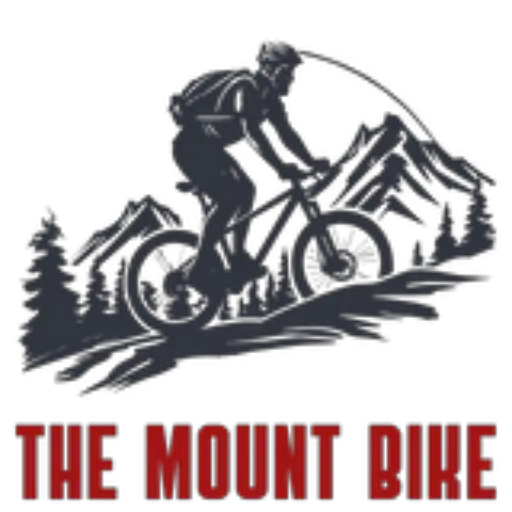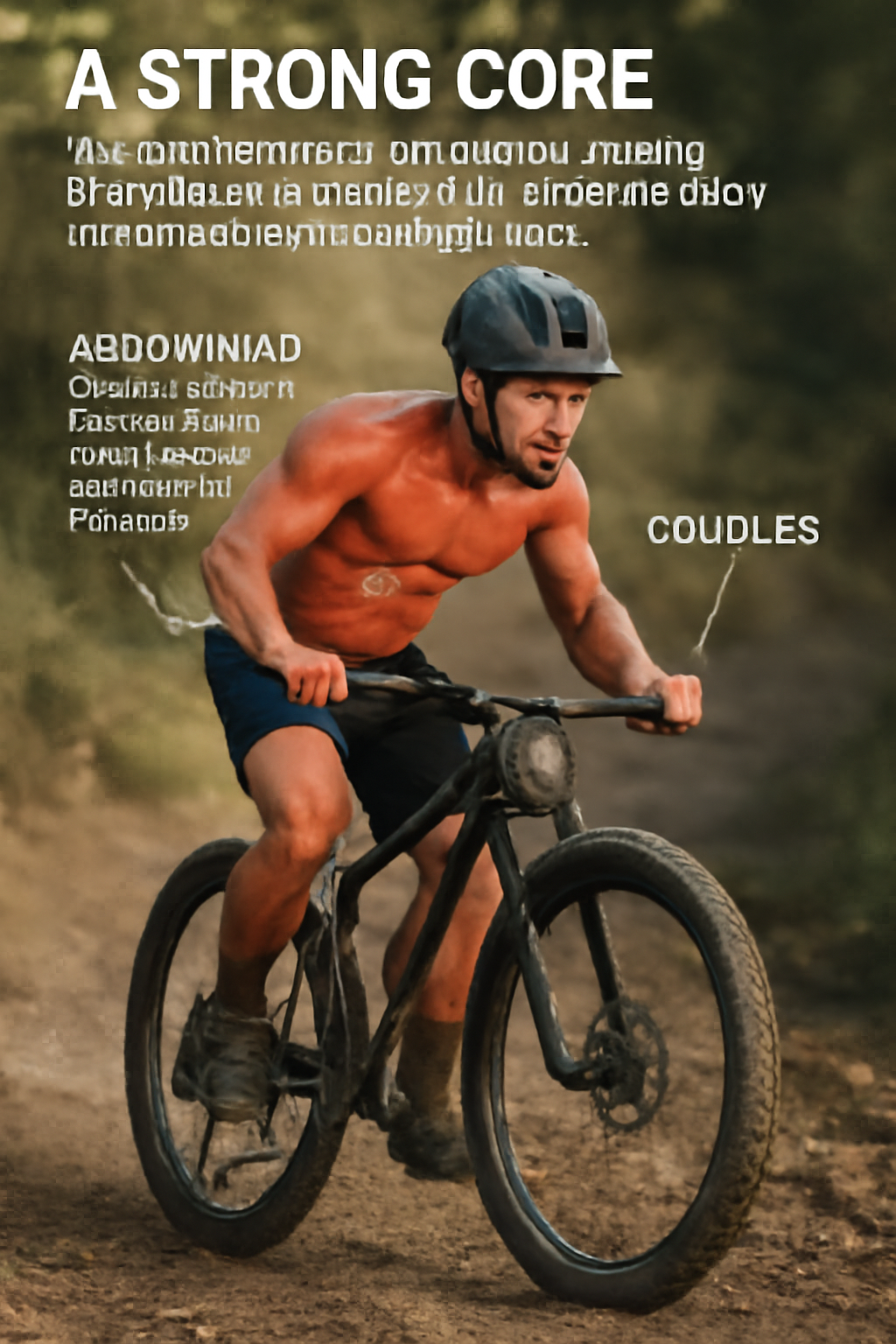Mountain biking isn’t just about the thrill of the ride—it’s also a great way to build strength and endurance. If you’ve ever wondered what muscles does mountain biking work, you will be surprised to learn that this sport engages nearly every muscle group in your body. From your legs that power you up hills to your core that keeps you balanced, mountain biking is a full-body workout.
It’s an effective way to stay in shape because it uses a variety of muscles as you traverse obstacles and tackle different terrain.
Let’s see the muscles that are exerting the most effort while you ride.
1. Leg Muscles: The Powerhouse of Mountain Biking
- Quadriceps: Essential for extending your leg while pedaling, especially during uphill climbs.
- Hamstrings: Work with the quadriceps to pull the pedal upward and complete the full pedal stroke.
- Calves: Help stabilize and control the pedal, especially when riding on varied terrain.
- Glutes: Provide the explosive power necessary for hill climbs and sprints.
These muscles work together to give you the strength and endurance needed to navigate through tough trails and terrain.
2. Core Muscles: Stability and Control
When mountain biking, a strong core is essential for maintaining balance and control, particularly when negotiating challenging trails or tight turns.
The muscles in your abdomen help you stay upright and steady, especially on uneven terrain.
- Obliques: Your obliques aid in precise bike guidance when you need to twist or turn.
- Lower Back Muscles: These muscles help you keep proper posture and support your spine, which will prevent strain during lengthy rides.
These core muscles work together to provide you with the stability you need to navigate even the most difficult situations.
3. Core Muscles: Stability and Control
Having a robust core is essential for staying balanced and in control during mountain biking, especially when navigating challenging trails or sharp turns.
- Abdominals: Your body’s stability and uprightness depend heavily on the muscles in your core. Especially, when you are walking on uneven or bumpy terrain.
- Obliques: For smooth turns or twists, your oblique muscles help steer the bike with precision.
- Lower Back Muscles: These muscles support your spine and help you maintain good posture, so you don’t feel strained on those long rides.
Altogether, these core muscles give you the stability you need to handle even the most challenging paths.
4. Arm Muscles: Grip, Steering, and Suspension
Maintaining a firm grip on the handlebars, controlling your bike, and absorbing shocks all depend on your arms and upper body.
- Biceps: These muscles are used when you need to exert force on the handlebars, such as when climbing or steering sharply.
- Triceps: These muscles aid in stabilizing your arms during difficult movements, particularly when you’re landing after a jump or absorbing bumps.
The hands and forearms: Forearm and hand grip strength are essential for keeping the bike under control, particularly when riding on uneven terrain where you must remain steady.
These arm muscles work together to provide stability and accuracy when navigating challenging trails.
5. Shoulders: Maneuvering and Endurance
Your shoulders are vital for stabilizing the upper body, helping you maintain control, and maneuvering the bike during intense sessions.
- Deltoids: Engaged when you steer, adjust your position on the bike, or lift the front wheel over obstacles, your deltoids are key for precise handling and bike control.
Strong shoulders ensure you can manage tight turns and keep steady through demanding rides.

6. Cardiovascular Benefits: Whole Body Endurance
A wonderful way to strengthen your heart and get in touch with nature is through mountain biking. Pedaling over different terrains tests your heart and lungs, increasing your stamina and endurance.
- Heart and Lungs: Navigating hills and rough trails forces your heart and lungs to work harder, delivering oxygen to your muscles. Over time, this continuous exertion improves your cardiovascular health, increasing your capacity to maintain effort during rides.
In addition to increasing your general level of fitness, you’ll also develop more endurance, which will make harder rides seem more doable.
FAQ’s
1. Can mountain biking improve core strength?
Absolutely! A great way to strengthen your core is to go mountain biking. When riding over uneven terrain, your core stabilizes your body, assisting with control, balance, and posture. By lessening the strain on the pelvis and lower back, using your core also helps you avoid injuries.
2. How does mountain biking strengthen your legs?
Mountain biking works the quadriceps, hamstrings, and calf muscles through the constant pedaling motion. Uphill riding especially targets these muscles, while downhill biking engages the quads for shock absorption and control.
Conclusion
In conclusion, mountain biking is a complete body exercise that works several muscle groups and improves general fitness. It’s a great method to increase your strength, stability, and endurance while also toning your arms and core. It is a well-rounded exercise because it enhances cardiovascular health in addition to muscle engagement.
Mountain biking offers a challenging workout that builds strength and endurance, helping you feel fitter and more energized.

I am Ryan Ford, a mountain biking enthusiast who loves to explore the outdoors. I also like to go on adventures with friends and anything else that involves being outside. I love my bike because it gets me out of the house and gives me an opportunity to enjoy nature.

